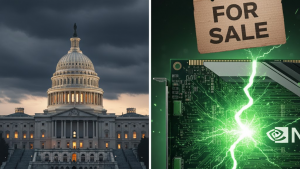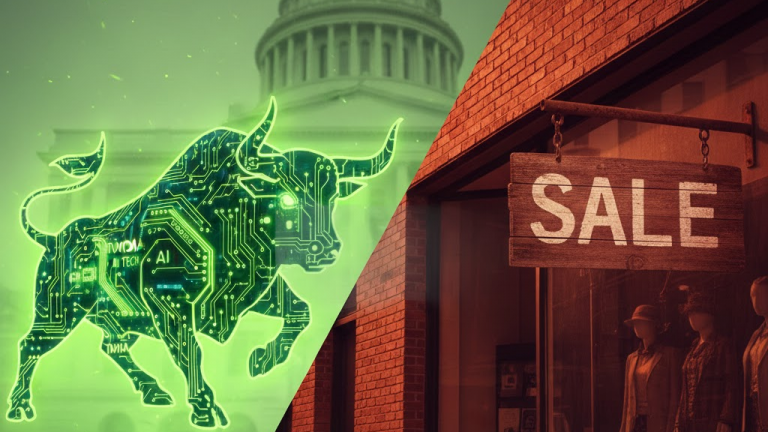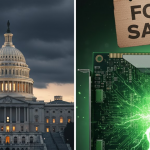The United States is deep into the longest government shutdown in its history, and while there are glimmers of hope that negotiations may soon yield results, uncertainty remains the dominant theme in Washington and on Wall Street. As the shutdown stretches past its 36th day, prediction markets, political insiders, and economists are offering varied, and cautious, estimates for when the standoff might end.
A Record-Breaking Stalemate
The shutdown began at 12:01 a.m. on October 1, 2025, after Congress failed to pass a series of spending bills to fund the government for the new fiscal year. That failure closed many federal offices, furloughed hundreds of thousands of workers, and delayed critical services ranging from food assistance to airport safety inspections.
Now, more than a month later, the impasse has officially surpassed the record set during the 2018–2019 shutdown. Negotiations between Congress and the White House are ongoing but remain mired in partisan disagreements over spending priorities, health subsidies, and broader fiscal reforms.
According to Federal News Network, talks have “intensified” as both parties face mounting political and economic pressure, yet, so far, “no breakthrough is imminent.”
What the Markets Are Saying
Prediction markets, which allow participants to bet on real-world outcomes, are currently signaling that the shutdown could end around mid-November. Platforms such as Polymarket and Kalshi show most wagers converging around a mid-month resolution date, but with growing odds that the deadlock could last even longer.
A report from Fox Business noted that these markets “reflect cautious optimism,” suggesting that traders expect progress once congressional leaders return from the November recess. Still, the lack of a concrete deal has fueled volatility in related political contracts, underscoring just how uncertain the timeline remains.
Meanwhile, News-Journal Online reported that some lawmakers believe “this week could be the week” if bipartisan pressure continues to build, though that optimism has surfaced before and faded quickly.
Economic and Political Stakes
The shutdown’s economic toll is already being felt. Federal employees have missed multiple paychecks, national parks remain shuttered, and some transportation officials have warned that up to 10% of flights could be grounded if air-traffic staffing shortages persist. The Associated Press reported that the Federal Aviation Administration is “operating at minimum safety levels,” a condition that cannot be sustained for long.
For investors, the shutdown also means delays in the release of key federal data, including the Consumer Price Index (CPI) and employment reports, which makes it harder to gauge the true state of the economy. That data vacuum can lead to greater market uncertainty and erratic price swings.
The Bull and Bear Perspectives

The Bull Case: If Congress reaches an agreement soon, especially by mid-November, markets could rebound on renewed confidence. Bloomberg analysts note that “a timely resolution would likely minimize economic damage and restore momentum in federal contracting, transportation, and data-dependent sectors.”
Such an outcome would also remove one of several political overhangs weighing on consumer and business sentiment heading into the holiday season.

The Bear Case: Conversely, if the shutdown continues through late November or December, analysts warn that the ripple effects could become far more severe. The Wall Street Journal and Reuters both point to increasing pressure on state budgets and small businesses tied to federal spending.
Each additional week of closure compounds the risk of delayed payments, reduced hiring, and potential downgrades in U.S. economic growth forecasts.
The Bottom Line
Right now, most indicators point toward mid-November as the earliest realistic window for a deal — but given the political gridlock, that projection comes with a large asterisk. Both prediction markets and policymakers agree that while momentum is building, a single policy dispute could easily push the shutdown further into the month — or even into December.
For now, investors, federal employees, and citizens alike can only watch and wait as Washington navigates one of the most prolonged and politically charged shutdowns in modern U.S. history.
Disclaimer: This article is for informational purposes only and does not constitute financial, investment, or legal advice. The information provided is a synthesis of publicly available data and expert analysis and should not be considered a recommendation to buy or sell any security. Investing in the stock market involves risk, including the possible loss of principal. Past performance is not indicative of future results. Readers should consult with a qualified financial advisor to determine an investment strategy that is suitable for their own personal financial situation and risk tolerance.
Sources:






















